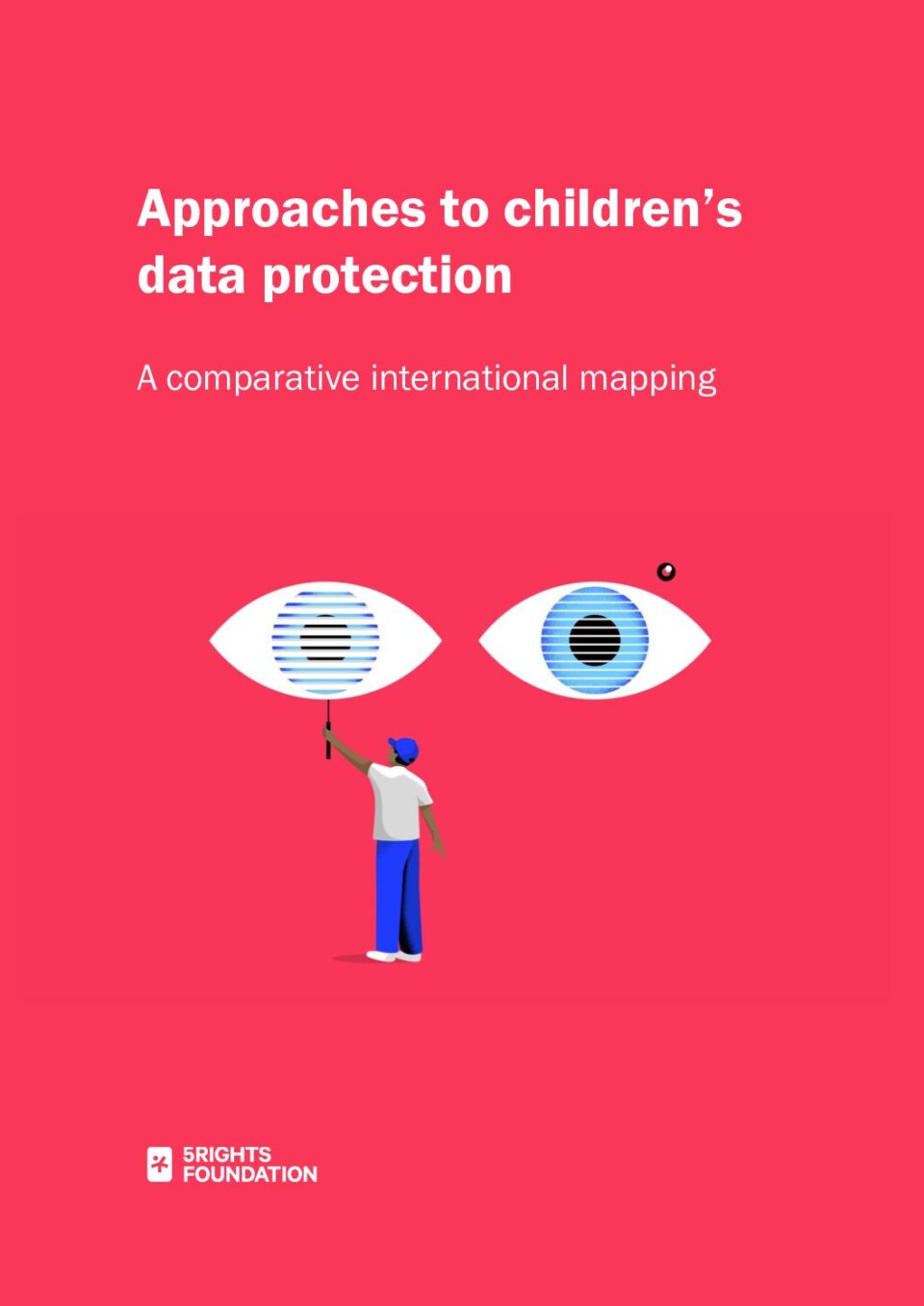Approaches to Children’s Data Protection: international mapping
As hope grows for a new global standard for children’s data protection, 5Rights publishes a comparative analysis of existing initiatives, highlighting a series of common underlying principles which are fundamental for such a standard.
Since the Age Appropriate Design Code came into force in the UK in September 2021, we have seen a wave of changes to the design of tech products which each in turn improves the lived experience of children. Instagram banned adults from messaging children. It also turned off location tracking and introduced prompts that encourage children to take breaks from scrolling. Google made SafeSearch the default browsing mode for children and turned off YouTube’s autoplay function. TikTok recently made accounts for those under 16 years private by default. These changes have in many cases been rolled out regionally or globally. The AADC is however enforceable only in the UK.
With a Californian equivalent to the AADC signed into law just weeks ago, accompanied by guidelines and regulatory principles echoing the same approach in Ireland, the Netherlands, France and Sweden, we now have the opportunity to set an enforceable global standard for regulating tech towards children’s privacy, safety, and autonomy in the digital realm. This should put children’s existing rights front and centre and then support innovation by allowing tech companies to do what they do best: innovate to the desired outcome.
The political will to act is there. The risk is that approaches around the world diverge, causing compliance headaches for companies, and, most importantly, creating regulatory loopholes that will be exploited. This publication provides a benchmark against which any initiatives should be judged, so coherent action can deliver for children – wherever they are.

